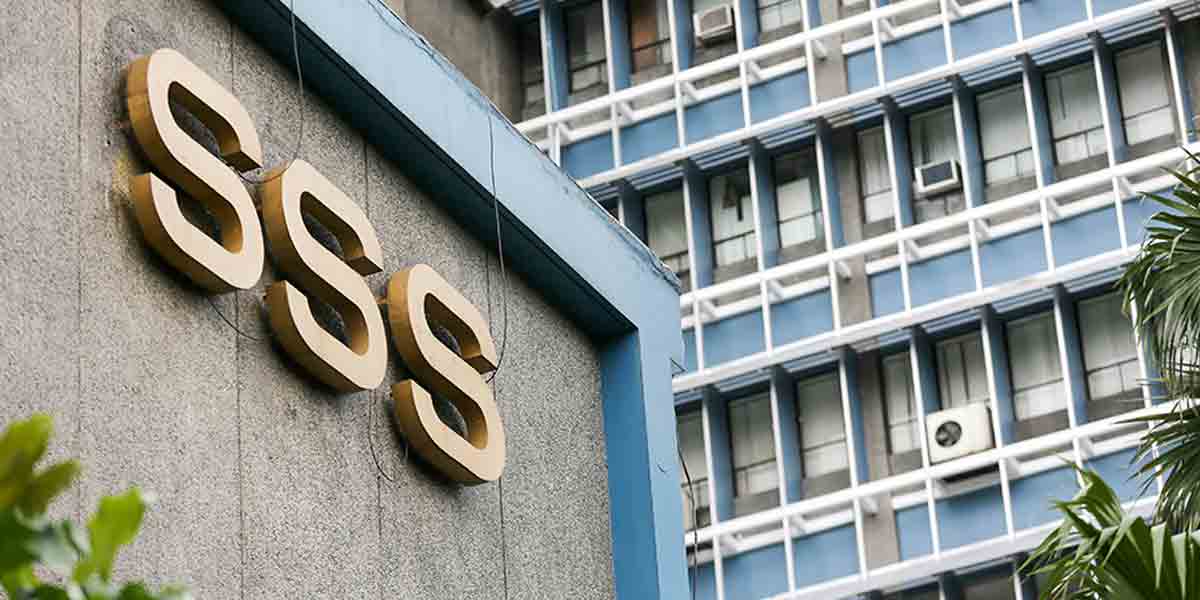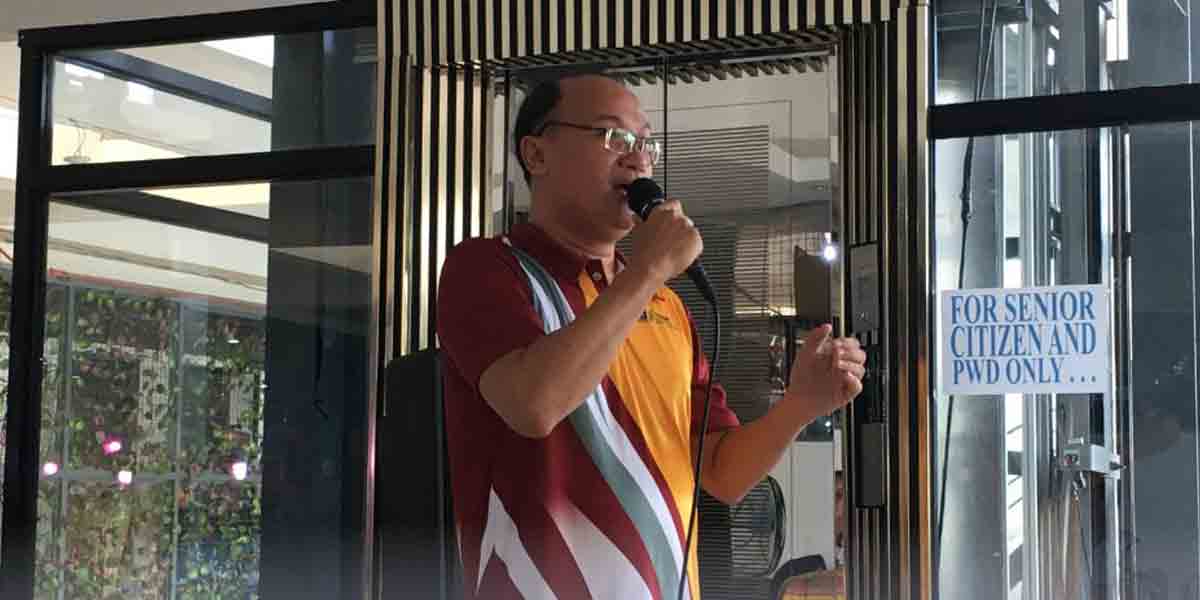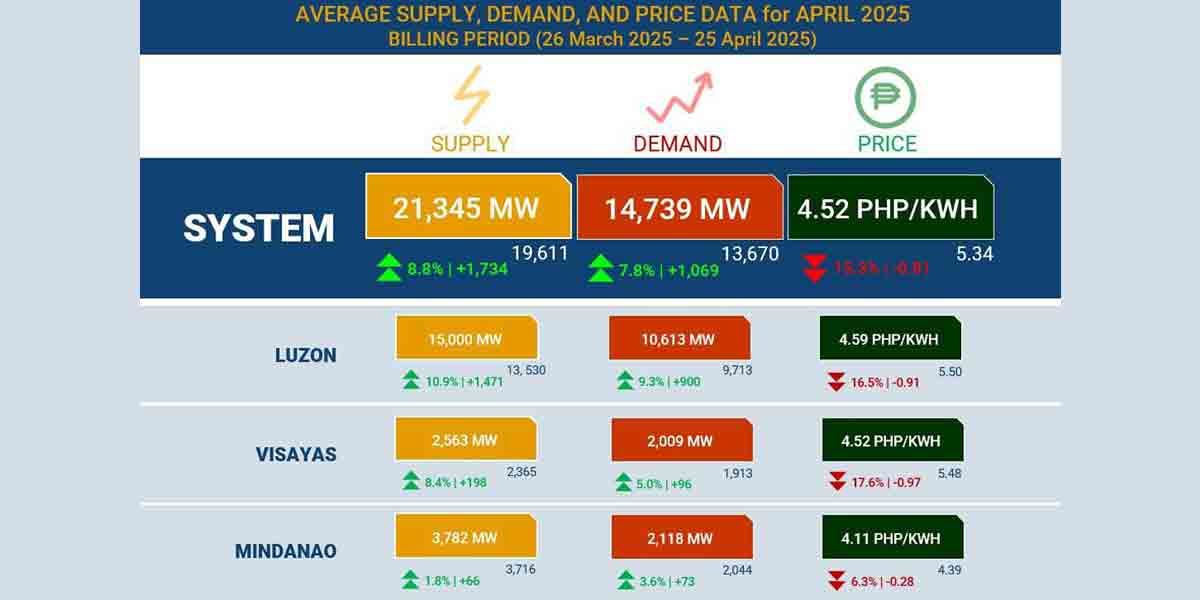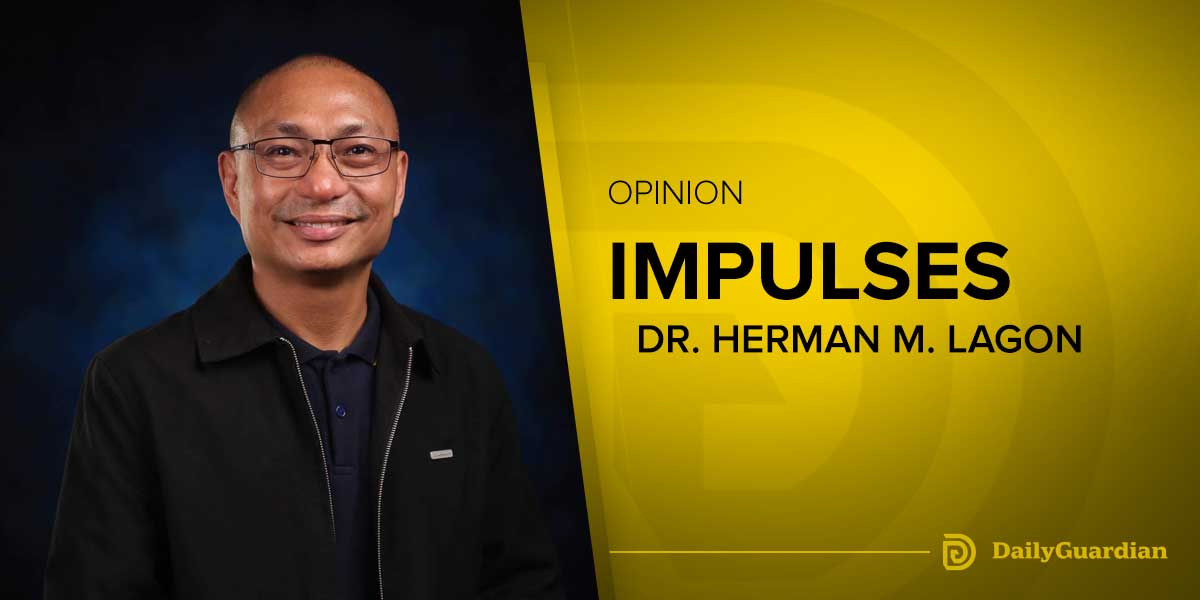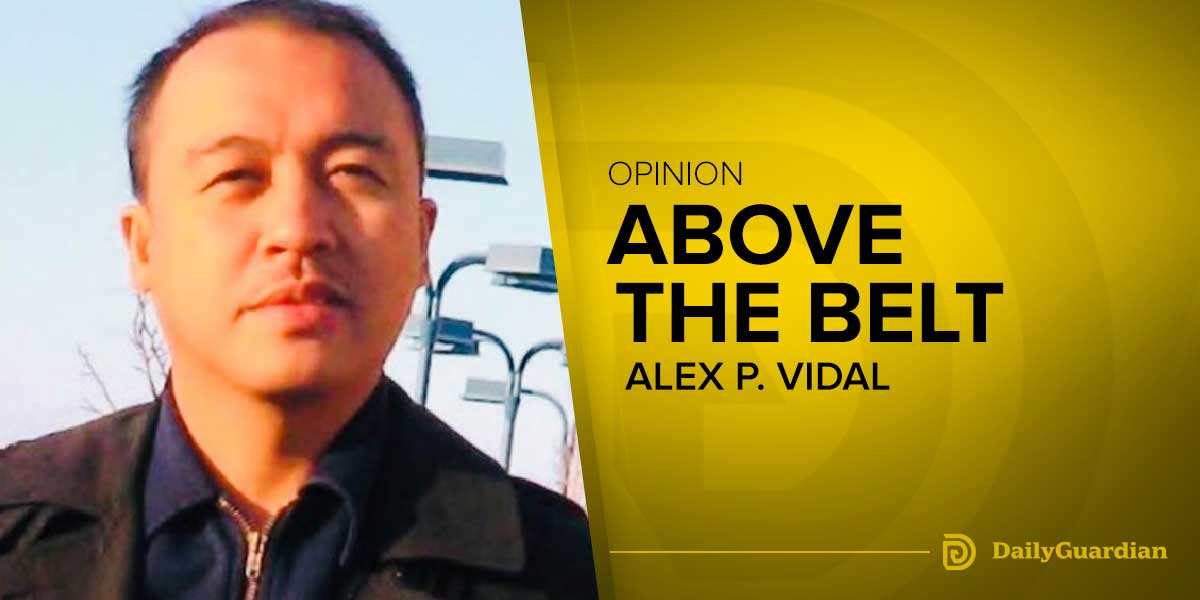By Francis Allan L. Angelo
When journalism claims to be “impartial,” we should ask: impartial to whom?
A new study published in the International Journal of Communication suggests that the answer often lies in power — and who holds it. Titled Who Wants Impartial News? Investigating Determinants of Preferences for Impartiality in 40 Countries, the research analyzed data from over 80,000 respondents across 40 countries and found a clear pattern: the people most skeptical of “impartial” news are those who are least empowered — the poor, the less educated, the young, and women.
The Philippines was among only four countries where more people preferred news that aligned with their personal viewpoints than news without a particular stance. The others were Turkey, Kenya, and Mexico — countries where democracy is challenged and state influence over media is significant.
That finding should unsettle us.
Because it tells us that what we often call “neutral” or “objective” reporting is not perceived as such by significant segments of our population — particularly those at the margins. In many cases, they don’t see their truths reflected in the kind of journalism that touts itself as being fair and balanced.
This is especially evident in the way mainstream Philippine media covers institutions.
The “impartial” narrative too often echoes government press releases, police blotters, and official briefings without interrogating their biases. News reports from the PNP are often treated as gospel — even in cases of abuse or red-tagging — while victims, communities, or activists are given a single quote at best, or ignored entirely.
The supposed balance of giving “both sides” becomes false when one side has the megaphone and the other is barely heard.
In cases involving indigenous peoples protesting land grabs, for instance, the frame often defaults to “development vs. resistance,” subtly portraying the IPs as obstacles. Coverage of LGBTQ+ issues is frequently reduced to cultural anecdotes or token profiles, rarely delving into systemic discrimination or violence. And when young people organize or mobilize, they’re often dismissed as idealistic or misguided — not as active political participants with legitimate demands.
What the study found is that people on the losing end of the social contract — economically, politically, or culturally — are less likely to embrace this brand of journalism. They see “impartial” news as part of the structure that keeps them unheard.
And they’re not wrong.
Impartiality, in many newsrooms, is not neutrality in the truest sense. It is often a default toward elite consensus. It avoids “taking sides,” even when one side is clearly oppressing the other. It smooths over the jagged edges of social injustice in the name of objectivity.
The irony is that this posture may actually harm journalism’s credibility among those who most need truth and justice. If the “impartial” news you consume consistently ignores your lived experience — your hunger, your displacement, your silence — why would you trust it?
In a media landscape where many large outlets are owned by political dynasties or business moguls with their own interests to protect, impartiality too easily becomes a mask for maintaining power. It explains why, in a country like ours, people often turn to partisan or alternative media — not necessarily because they want to be radicalized, but because they want to be seen.
This doesn’t mean we abandon truth or journalistic ethics. But it does mean we must rethink what impartiality looks like in a society marked by deep inequality and democratic erosion.
Truth is not always found in the middle.
Sometimes it takes a side — the side of those silenced, disempowered, and ignored. And if “impartial” journalism cannot do that, then it’s not serving the people. It’s serving the status quo.






